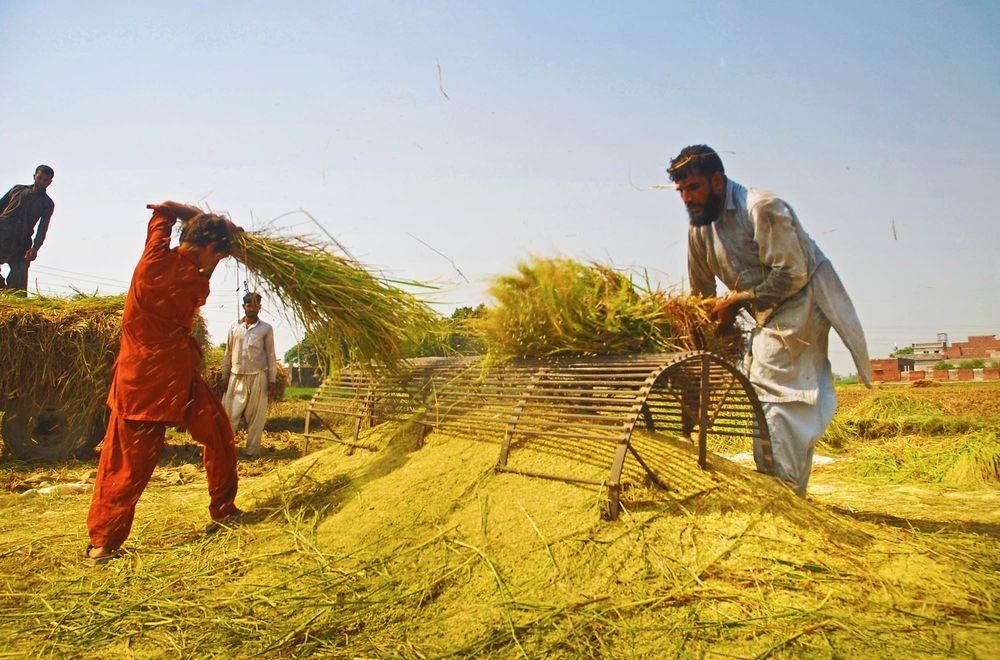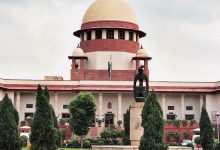Amid farmers’ unrest in many parts of the country, the demand for an increase in MSP has been voiced regularly. The manner in which the MSP is used makes it clear that it is no more an instrument to improve the financial condition of farmers, but to boost the image of the ruling party. A report, for Different Truths.
Barely two months ago had the farmers of Madhya Pradesh hit the streets demanding minimum support price (MSP) for their produce. The state government was not too willing to concede to the demands of the farmers. The agitation even turned violent and at least nine farmers lost their lives in the police firing.
MSP is a form of market intervention by the government to insure agricultural producers against any sharp fall in farm prices. The MSP is announced at the beginning of the sowing season for certain crops on the basis of the recommendations of the Commission for Agricultural Costs and Prices (CACP). MSP is the price fixed to protect the producer – farmers – against excessive fall in price during bumper production years. It is a guarantee price for their produce.
Amid farmers’ unrest in many parts of the country, the demand for an increase in MSP has been voiced regularly. The manner in which the MSP is used makes it clear that it is no more an instrument to improve the financial condition of farmers, but to boost the image of the ruling party.
MSP has, in fact, lost much of its financial relevance as it failed to serve the interest of the farmers. Questions are also being raised about the efficacy of MSP in serving all types of farmers. The beneficiary quotient has been the primary factor in assessing the impact and the utility of the MSP.
Only a week back the Narendra Modi government announced a hike in minimum support price for the common variety of paddy, increasing it by Rs 200 per quintal. But the move will benefit only 6 per cent of the farmers. During the last four years no serious attempt was made to study the impact of the MSPs on the life of farmers. During the four years a large number of farmers have committed suicide. The BJP had earlier promised to implement the Swaminathan Committee’s formula, which suggests that the MSP for a crop should be fixed at 150 percent of the cost determined by the CACP but the Modi government settled for 50 per cent. The government has betrayed the farmers.
As JD(S) leader Sharad Yadav points out, unless the procurement system is revamped and made robust, farmers will continue to make distress sales. He says he found farmers selling paddy at Rs. 1,200-1,300 per quintal when the MSP is Rs. 1,550. Similarly, maize was selling at less than Rs. 850-900 per quintal as against the current MSP of Rs. 1,425. In case of moong (green gram) farmers were selling it at Rs 3,000-3,500 per quintal when MSP is Rs. 5,575. Procurement agencies collect crop as per requirement of the PDS and obviously the government is not concerned about small and poor farmers.
There is an imperative need to set up a robust procurement system and eliminate the middlemen who have been exploiting the farmers. Even today farmers take money from them and sell their crop through them. This shows the failure of the procurement agencies. Incidentally these people constitute the support base of BJP and RSS. And as such, it could well be expected that the B JP and the Modi government would not act against them.
The lobby of the middlemen is so strong that attempts to weed them out even during the Congress rule were successfully foiled by the vested interests. Often under political pressure the procurement agencies go on a low key and would procure only the quantities needed under the PDS. This attitude was primarily against the interest of the small and poor farmers.
Shiv Kumar Sharma, president of the Rashtriya Kisan Mazdoor Sangh, alleges the government had defrauded farmers. Sharma, one of the leaders of the agitation in Mandsaur in June 2017, in which five farmers were killed in police firing, said the government earned more than Rs. 1.5 lakh crore from farmers through crop insurance scheme, taxes on diesel and GST on agriculture equipment but would return only about Rs. 15,000 crore to farmers through the MSP hikes. Anil Yadav, the state president of the Bharatiya Kisan Union (BKU), argues that MSP hikes would hardly bring about any change in the life of farmers as traders will continue to buy the crops much below the support price and sell at much higher price.
Until the input cost of agriculture is reduced and there is an effective law to control traders, farmers are not going to get any benefit with such a hike in MSP. Traders will continue to buy the crop at mandis much below the MSP. Besides the elements such as hike in the labour wages by Rs. 1,200 to 1,500 per acre, GST of 18% on machinery and farm implements and 12% on fertilisers, and rise in diesel prices have made the life of farmers even more difficult.
Economists have already expressed apprehensions that this could cost the exchequer an additional Rs. 15,000 crore and would wreck government finances, stoking inflation. They argue that the promised doubling of farmer incomes is not possible unless the number of farmers is reduced. Intriguingly, the government has been working towards this agenda.
In February 2016 Modi spoke of his “dream” of doubling farmers’ income by 2022. This was repeated in successive budget speeches of the finance minister. In April 2016, the Dalwai Committee was formed; and it came out with a 14-volume report identifying ways to double farmers’ income from the 2015-2016 levels in real terms in seven years. Since there was no updated estimate of actual level of farmers’ incomes in 2015-16, the Committee arrived at estimates by applying net state domestic product (NSDP) growth rates on estimated state-wise farmers’ incomes of 2012-13 (from the NSSO).
It is an open secret that loan waivers and increased MSP provide only temporary relief to farmers. The current crisis in India’s farm sector is perhaps the worst in the last 15-odd years. The agrarian distress was underlined by the finding that as many as 64% of farmers would like to leave agriculture and move to a city if they were offered a job there. This percentage was slightly higher than the 62% that a State of Indian Farmers Survey reported in 2013 for the same question. However, the big difference from the 2013 survey was that as many as 60% of farmer respondents in the current survey said they would not like their children to take up farming as the source of livelihood.
In the three years since the government promised doubling of farm incomes by 2022, agricultural incomes have been stagnant. If one looks at the MSPs of select crops in 2016-2017, the Swaminathan Committee formula remains a mirage. The announced prices hardly meet the actual cost of crop production.
Arun Srivastava
©IPA Service
Photo from the Internet





 By
By

